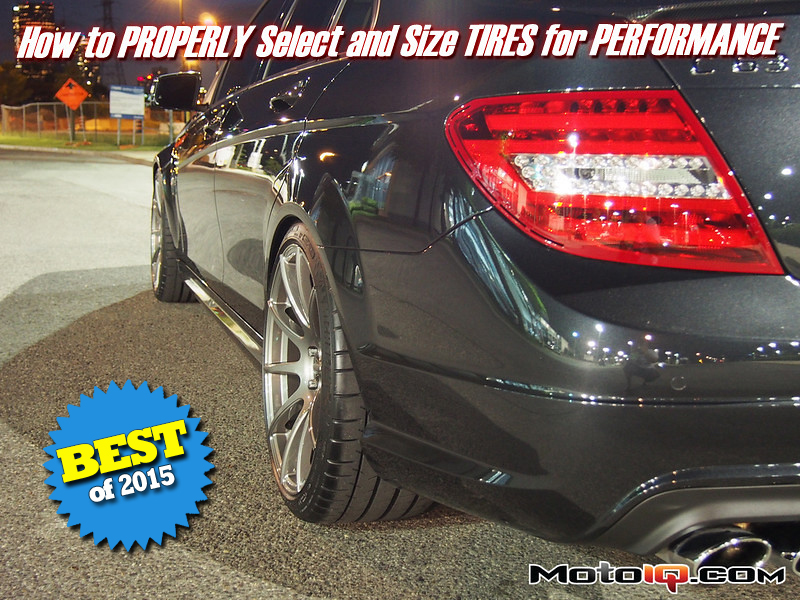Let's simplify things, since that's where I'm "off" compared to the balloon theorists. The argument this group is making is:Ok.
4000 lbs car. (1000 lbs/tire)
40 psi.
1000lbs / 40psi = 25 sq inch.
305mm / 25.4mm/inch = 12.0 inch wide
25 sq inch / 12.0 inch = 2.08 inch length (front to rear)
205mm / 25.4mm/inch = 8.07 inch
25 sq inch / 8.07 inch = 3.10 inch length (front to rear)
It's out that inconceivable that a more narrow tire can't put 1 more inch front to rear on the ground?
That said, where in my post did I say a wider tire doesn't perform better? I think you made that argument up on your mind because you think that a bigger contact patch means more grip and extrapolated the argument on your own. I've only argued that the contact patch is about the same for a wide tire vs a narrow tire. Look at post #73. I even stated the condition "for a given pressure.". You're trying to argue a point that I am not...
Contact Patch size is relatively the same, regardless of tire width. The argument is basically that a wider tire has a wider patch but it would "lift" to have less length. I think I understand the physics. But I do disagree. The reason is because tires aren't spheres. They're more like discs with nearly 90 degree corners and fairly stiff sidewalls (relative to the tread). I'm just arguing that the x-y of the contact patch isn't linear with a performance tire as it would be with a balloon. Based on that, I'm saying you'd have MORE RUBBER TOUCHING THE GROUND with a wider tire (like a 265/30/20 compared to a 205/40/20). If that were so, then it serves to reason that the 4000lb car's weight would be spread out more making it more nimble. Sorry that trying to argue the point took me sideways. I didn't mean that.





